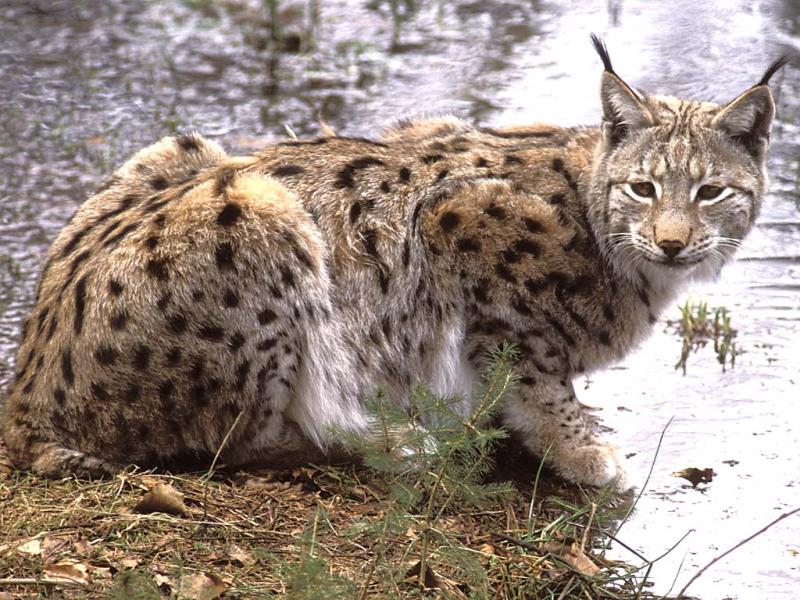|

The Most Endangered Feline on Earth
The eyesight and reflexes of the lynx have long been proverbial. When a person has a clear view of matters, Spaniards
say he has "the eyes of a lynx." Unfortunately, the Iberian lynx (lynx pardinus) is now known for something else
that has nothing to do with its eyesight or its shrewdness. It has been rated "the most endangered cat species in the
world."
Years ago the Iberian lynx was found throughout Portugal and Spain and probably ever as far as the French Pyrenees. Nowadays,
a few scattered groups survive in the southwest region of the Iberian Peninsula. Only about two of these groups have viable
breeding populations, however, and the overall number of lynx has dropped alarmingly.
According to some estimates, the number of Iberian lynx has now plummeted to fewer than 200. What has caused this catastrophic
decline? Some say that the main reason is the critical shortage of its principal prey, the rabbit, which has been decimated
by several epidemics of myxomatosis. In addition, some lynx have fallen victim to the snares of poachers or have been killed
on the highways. And suitable habitat has become more and more fragmented. A recent World Wildlife Fund report notes that
these problems have led the dwindling population to become isolated in small pockets.
Although some 35 million dollars (U.S.) has been set aside to save the embattled lynx, a group of experts recently described
the situation as "dramatic" According to Nicolas Guzman, the coordinator of the National Plan for the Conservation
of the Iberian lynx, among the fewer than 200 remaining animals in the wild, 'only between 22 and 32 are females capable of
reproducing.' He added, 'The survival of the species will depend on them.' Sad to say, the story of the Iberian lynx reflects
the situation of all too many of Earth's beautiful creatures.
The Iberian or Spanish lynx was classified as "critically endangered" in the Red List of animals threatened
with extinction prepared by the International Union for Conservation of Nature and Natural Resources.
Researched by Katie (wishintreeUK)
Back to Endangered Animals
Back to Running Wild
Meet wishintreeUK
|



